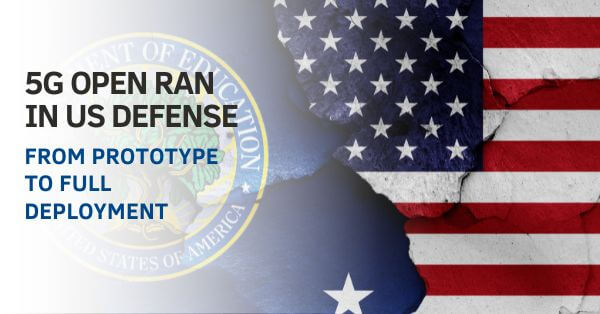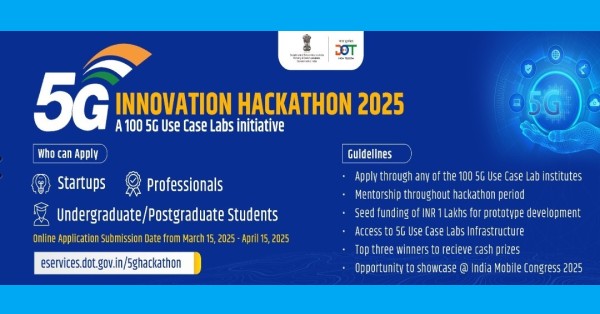OpenAI, the company behind ChatGPT, is developing a new approach to artificial intelligence under the code name “Strawberry.” According to internal documentation and a source familiar with the project, Strawberry aims to enhance the reasoning capabilities of AI models, a feature that has been elusive for current AI technologies.
What is OpenAI’s Strawberry Project?
The details of the Strawberry project, previously unreleased, indicate that OpenAI is focusing on advanced reasoning within its AI models. This initiative, supported by Microsoft, is critical as the company seeks to demonstrate that its AI models can handle complex reasoning tasks.
Internal documents, reviewed by Reuters, reveal that OpenAI has been working on Strawberry since at least May. However, the precise details and timeline of the project’s completion remain confidential. The project’s inner workings are closely guarded, even within OpenAI.
Strawberry Project Goals and Objectives
Strawberry’s primary objective is to enable AI models to autonomously navigate the internet and perform what OpenAI terms “deep research.” This capability involves not just generating answers but planning and executing actions reliably over extended periods. Achieving such a level of reasoning would be a significant advancement, overcoming current AI limitations like logical fallacies and task-specific errors.
Enhancing AI’s Planning and Execution with Strawberry
Current AI models excel at generating responses and performing specific tasks but struggle with long-term planning and execution. Strawberry aims to bridge this gap by developing models that can foresee, plan, and execute a series of actions to achieve a goal. This includes the ability to understand and navigate the complexities of the internet to gather information and perform tasks autonomously.
Enabling AI Autonomous Deep Research with Strawberry
One of the most ambitious goals of Strawberry is to enable AI to conduct “deep research.” This involves navigating the web, gathering data, and synthesizing information in a way that mimics human researchers. By autonomously performing these tasks, Strawberry aims to elevate the capabilities of AI from mere assistants to independent researchers.
OpenAI’s Vision: Human-Like AI Reasoning
OpenAI’s spokesperson highlighted the company’s goal for AI to understand the world more similarly to humans. They emphasized that continuous research into AI capabilities is a standard industry practice aimed at improving reasoning over time. However, the spokesperson did not directly address questions about the specifics of the Strawberry project.
From Q* to Strawberry: Evolution of AI Reasoning
Strawberry evolved from an earlier project known as Q*, which was internally considered a breakthrough last year. Demonstrations of Q* showcased the ability to solve complex science and math problems beyond the reach of current commercial AI models. This predecessor laid the groundwork for Strawberry’s advanced reasoning capabilities.
Q* Demonstrations and Implications
Earlier this year, Q* was demonstrated to have the capability to tackle intricate science and mathematics problems, which current commercially available AI models struggle with. These capabilities highlighted the potential of Strawberry to handle complex reasoning tasks and set the stage for its development.
Achieving Human-Like Reasoning in AI
At a recent internal meeting, OpenAI demonstrated a research project with purported human-like reasoning skills, although it is unclear if this was related to Strawberry. OpenAI’s CEO, Sam Altman, has emphasized that advancements in AI reasoning are crucial for the technology’s future.
The Importance of Reasoning in AI Advancement
The ability to reason like humans is seen as a critical advancement for AI. While AI models can already process and generate text quickly, they often falter when faced with problems requiring common sense or logical reasoning. OpenAI aims to address these shortcomings with Strawberry, moving AI closer to human-like intelligence.
Industry Efforts to Enhance AI Reasoning
OpenAI is not alone in this endeavor. Companies like Google, Meta, and Microsoft, along with various academic labs, are experimenting with techniques to enhance AI reasoning. While some researchers, like Meta’s Yann LeCun, remain skeptical about the capabilities of large language models (LLMs) in achieving human-like reasoning, OpenAI’s Strawberry project aims to address these challenges.
Competitive AI Reasoning Developments
The race to improve AI reasoning capabilities is heating up across the tech industry. Google, Meta, and Microsoft are also exploring different techniques to enhance their AI models. This competitive landscape drives innovation and pushes the boundaries of what AI can achieve.
Strawberry’s Technical Approach
Strawberry employs a specialized post-training process to refine AI models after their initial training on large datasets. This approach, similar to the “Self-Taught Reasoner” (STaR) method developed at Stanford, involves iterative self-training to boost intelligence levels. STaR’s potential to elevate AI beyond human-level intelligence is both exciting and concerning, according to its creator, Stanford professor Noah Goodman.
Post-Training and Fine-Tuning in Strawberry Project
The post-training phase involves fine-tuning AI models to enhance their performance in specific ways. This includes human feedback and providing examples of good and bad responses. Strawberry’s approach to post-training aims to refine models to handle complex reasoning tasks more effectively.
Focusing on Long-Horizon Tasks in AI
One of Strawberry’s key focuses is on long-horizon tasks (LHT), which require extensive planning and a series of actions over time. To achieve this, OpenAI is developing and testing models on a “deep-research” dataset, although specific details about the dataset remain undisclosed.
Managing Complex Tasks with AI
Long-horizon tasks require AI to plan and execute actions over extended periods, something current models struggle with. Strawberry aims to enable AI to manage these complex tasks, enhancing their utility in various applications, from scientific research to software development.
Enhancing AI with Autonomous Research Abilities
OpenAI aims for its AI models to autonomously conduct research by browsing the web with the help of a “computer-using agent” (CUA). This agent can take actions based on its findings, significantly advancing the capabilities of AI in performing tasks traditionally done by software and machine learning engineers.
Using Computer-Using Agents for AI Deep Research
The integration of CUAs allows AI models to autonomously gather and process information, performing tasks that require long-term planning and execution. This capability is crucial for applications that require extensive research and decision-making.
Conclusion: Implications of OpenAI’s Strawberry Project
OpenAI’s Strawberry project represents a significant leap forward in AI reasoning capabilities. By enabling AI models to plan, execute complex tasks, and conduct autonomous research, OpenAI aims to push the boundaries of what artificial intelligence can achieve. As the project progresses, it will be crucial to monitor its development and the broader implications for AI technology.






















